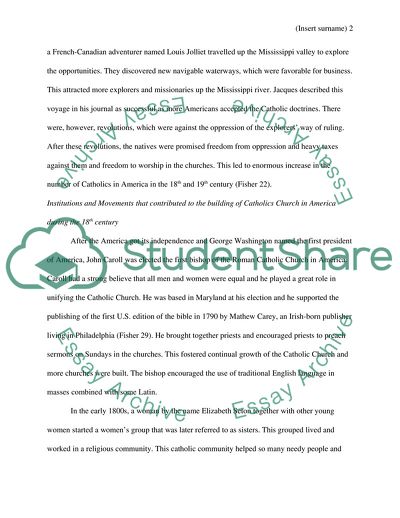Cite this document
(The Catholic Church Article Example | Topics and Well Written Essays - 2000 words, n.d.)
The Catholic Church Article Example | Topics and Well Written Essays - 2000 words. https://studentshare.org/religion-and-theology/1847300-communion-of-immigrants
The Catholic Church Article Example | Topics and Well Written Essays - 2000 words. https://studentshare.org/religion-and-theology/1847300-communion-of-immigrants
(The Catholic Church Article Example | Topics and Well Written Essays - 2000 Words)
The Catholic Church Article Example | Topics and Well Written Essays - 2000 Words. https://studentshare.org/religion-and-theology/1847300-communion-of-immigrants.
The Catholic Church Article Example | Topics and Well Written Essays - 2000 Words. https://studentshare.org/religion-and-theology/1847300-communion-of-immigrants.
“The Catholic Church Article Example | Topics and Well Written Essays - 2000 Words”. https://studentshare.org/religion-and-theology/1847300-communion-of-immigrants.


